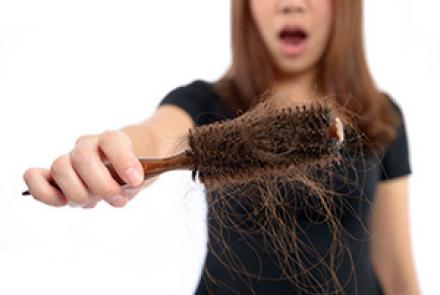
Treatment of Endometriosis
Treatment of endometriosis depends on the extent of the condition, symptoms and associated infertility. It may be treated with medication, surgery or both. In patients in the reproductive years, endometriosis is merely managed: the goal is to provide pain relief, to restrict progression of the process, and to restore or preserve fertility where needed.
Medication
When pain is the main problem, medical therapy is tried with some of the following:
- Pain relievers: Over-the-counter, non-steroidal, anti-inflammatory medications, like ibuprofen and naproxen are usually used to relieve pelvic pain. In more severe cases,opioids like morphine sulphate are prescribed.
- Birth control pills: Birth control pills or oral contraceptives reduce menstrual cramping and pelvic pain that may be associated with endometriosis. They are prescribed continuously without pausing for menstrual periods to women with endometriosis (so, these women will not have periods). It should be noted that endometriosis may be diagnosed in women taking birth control pills and that birth control pills have never been shown to prevent the development of endometriosis.
- Progestins: Progestins are synthetic medications that have progesterone-like activity upon the endometrium, the uterine lining. Many progestins have been demonstrated to reduce endometriosis-associated pelvic pain. The most common side effects of progestin therapy are irregular uterine bleeding, weight gain, water retention, breast tenderness, headaches, nausea and mood changes, particularly depression.
- Gonadotropin-releasing Hormone (GnRH) Analogs: GnRH analogs cause oestrogen levels to fall to menopausal levels, and menstruation does not occur. These drugs are highly effective for painful endometriosis. Side effects include menopausal symptoms: hot flashes, vaginal dryness and loss of calcium from the bones. The medications are usually given for six months. Low-dose oestrogen-progestin hormone therapy or progestins alone may be added to prevent bone loss when prolonged treatment is needed or if menopausal symptoms are severe. Calcium supplementation and exercise are recommended to reduce the loss of bone density that occurs with therapy.
- Danazol: Danazol, a medication that is similar to male hormones, is also highly effective for pain due to endometriosis. Common side effects may include water retention, acne, irregular vaginal bleeding, muscle cramps, and reduced breast size. Uncommon, but irreversible, side effects include deepening of the voice and growth of facial or body hair.
Medical treatment of endometriosis does not improve fertility; moreover, fertility is essentially eliminated during treatment because all medical treatments inhibit ovulation. The rationale for medical therapy is to induce amenorrhea (no menstruation) and create a hypoestrogenic environment that will theoretically inhibit endometrial growths and promote regression of disease. Symptoms recur once therapy is discontinued. Selection of medical therapy for the patient depends on patient’s preference for pain relief or fertility.
Surgery
Surgery can relieve the pain and also improve fertility.
In laparoscopic surgery, the surgeon makes an additional incision to insert surgical instruments. The doctor removes endometrial implants, adhesions, endometriotic nodules and ovarian cysts. These can be coagulated, vaporised, burned, or excised, and scar tissue or ovarian cysts may be removed.Laparoscopy remains a generally safe procedure, well-tolerated and associated with reduced hospital stays, complications, and post-operative morbidity. It is often used to treat recurrent endometriosis when the goal is to preserve future fertility. Overall, fertility-preserving endometriosis surgery improves pain for 60% to 80% of women.
Sometimes the severity of endometriosis is such that major surgery is advised to remove endometriosis and adhesions. Hysterectomy (removal of the uterus) with removal of the ovaries will definitively treat endometriosis after childbearing is completed. This surgery provides final relief from endometriosis-related pain in more than 90% of women. If needed, low-dose hormone therapy (oestrogens or progestins) reduces hot flashes and menopausal symptoms that occur after hysterectomy with bilateral removal of the ovaries.

















